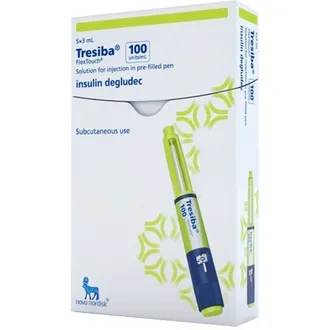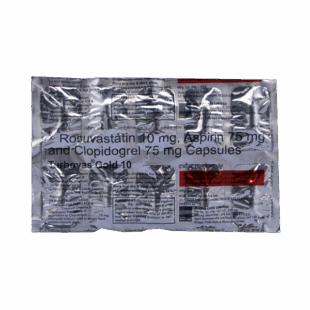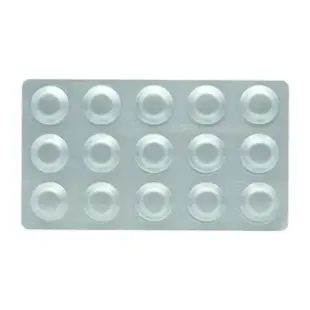- Your cart is empty
- Continue Shopping
Product Introduction
Tresiba 100IU/ml Flextouch is an ultra long-acting insulin used to treat Type 1 and Type 2 diabetes mellitus in both adults and children. It provides a steady level of insulin for over 24 hours, helping maintain stable blood sugar levels and preventing complications associated with diabetes.
Tresiba can be prescribed alone or in combination with fast-acting insulin or other diabetes medications. It is usually taken once daily at the same time each day, with a minimum of 8 hours between doses. This insulin is part of a comprehensive diabetes management plan, which includes a healthy diet, regular exercise, and weight management.
Uses of Tresiba Flextouch
Treatment of Diabetes Mellitus (Type 1 and Type 2)
Helps maintain stable blood sugar levels over 24 hours
Prevents diabetes-related complications
Benefits of Tresiba Flextouch
Ultra-long duration of action: Provides consistent insulin levels for 24 hours or more.
Reduced risk of hypoglycemia: Especially overnight, due to stable insulin action.
Flexible dosing: Can be administered at different times if needed, with doctor guidance.
Convenience: Once-daily dosing simplifies diabetes management.
How Tresiba Flextouch Works
Tresiba acts like natural insulin in the body. It:
Facilitates uptake of glucose into muscle and fat cells.
Suppresses glucose production in the liver, maintaining stable blood sugar levels.
Directions for Use
Inject under the skin as instructed by your doctor or nurse.
Use at the same time each day, or as advised if adjustments are needed.
Do not use if experiencing low blood sugar.
Monitor blood sugar regularly and maintain a balanced diet.
Side Effects
Most side effects are mild and temporary. Contact your doctor if persistent:
Low blood sugar (hypoglycemia) – most common
Injection site reactions: redness, swelling, pain, or lumps
Headache, nasopharyngitis, upper respiratory tract infection
Rare: auto-antibody formation, severe hypoglycemia
Safety Advice
Alcohol: Unsafe; may cause hypoglycemia.
Pregnancy: Safe if prescribed; monitor blood glucose closely.
Breastfeeding: Probably safe if prescribed; limited data available.
Driving: May be affected if blood sugar is too low or high.
Kidney & Liver Disease: Use with caution; dose adjustment may be required. Frequent glucose monitoring is advised.












Reviews
There are no reviews yet.